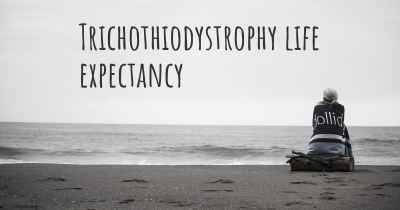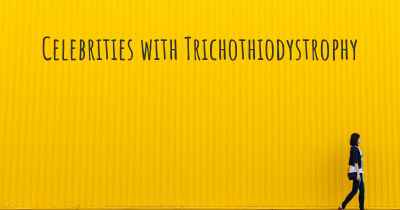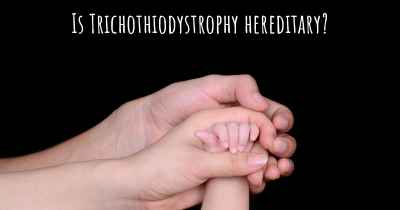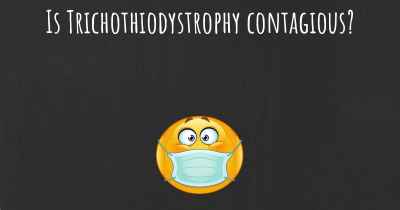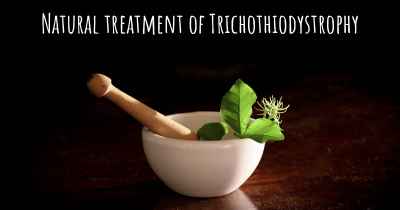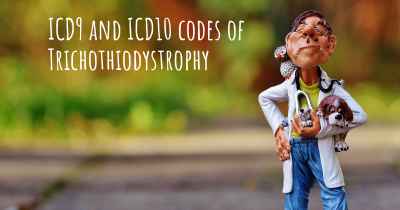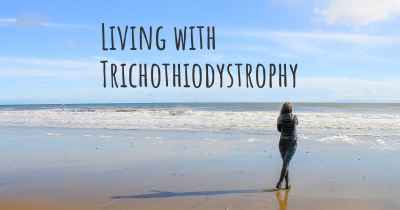How do I know if I have Trichothiodystrophy?
What signs or symptoms may make you suspect you may have Trichothiodystrophy. People who have experience in Trichothiodystrophy offer advice of what things may make you suspicious and which doctor you should go to to receive treatment
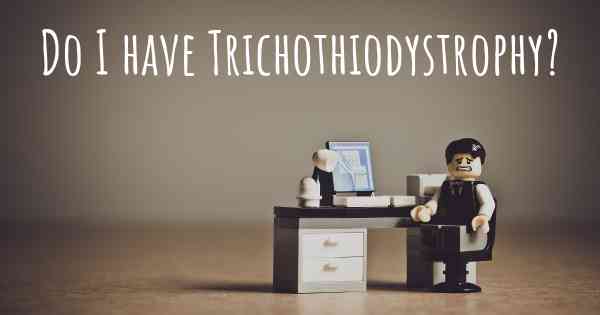
Trichothiodystrophy (TTD) is a rare genetic disorder that affects the hair, skin, and nails. It is characterized by brittle hair, intellectual disabilities, and various physical abnormalities. If you suspect you may have TTD, it is important to consult with a healthcare professional for a proper diagnosis. While I am not a doctor, I can provide you with some general information about the condition.
Symptoms:
TTD can present with a range of symptoms, and the severity can vary from person to person. The most prominent sign is brittle hair that is dry, sparse, and easily broken. The hair may also have a characteristic "tiger-tail" pattern under a microscope due to abnormal hair shafts. Other common symptoms include:
- Intellectual disabilities: Individuals with TTD may have developmental delays, learning difficulties, or intellectual disabilities.
- Physical abnormalities: Some individuals may have short stature, abnormally shaped facial features, or skeletal abnormalities.
- Photosensitivity: TTD can cause increased sensitivity to sunlight, resulting in sunburns or rashes.
- Brittle nails: Nails may be thin, ridged, and prone to splitting or breaking.
- Skin abnormalities: Dry skin, ichthyosis (fish-like scales), or skin infections may be present.
Diagnosis:
Diagnosing TTD typically involves a combination of clinical evaluation, family history assessment, and specialized tests. A dermatologist or geneticist may examine your hair and nails, evaluate your symptoms, and review your medical history. They may also order genetic testing to identify mutations in specific genes associated with TTD.
Treatment and Management:
Currently, there is no cure for TTD, and treatment focuses on managing the symptoms and improving quality of life. A multidisciplinary approach involving dermatologists, geneticists, and other specialists may be recommended. Treatment options may include:
- Protective measures: Minimizing sun exposure and using sunscreen, protective clothing, and hats to reduce photosensitivity.
- Moisturizers and emollients: Using gentle skincare products to alleviate dryness and scaling.
- Hair care: Gentle handling of hair, avoiding harsh chemicals or heat styling tools, and using moisturizing hair products.
- Supportive therapies: Occupational therapy, speech therapy, and educational interventions to address developmental delays and intellectual disabilities.
Remember, only a healthcare professional can provide an accurate diagnosis. If you suspect you have Trichothiodystrophy or have concerns about your hair, skin, or nails, it is crucial to seek medical advice promptly.
